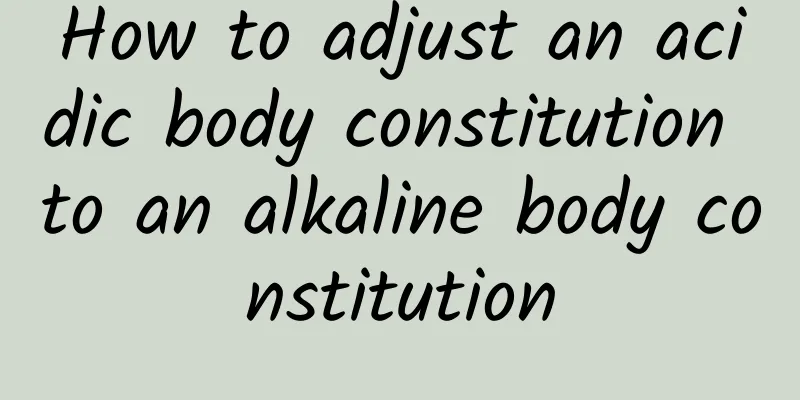Precision repair of knee joint bone marrow edema with shock wave

|
Bone marrow edema of the knee is a common symptom. This symptom can be found through medical examinations. It is often caused by trauma, necrosis, tumors and other reasons. When this happens, it often causes knee pain in patients and limits joint movement. Walking will also be more difficult at this time. Currently, extracorporeal shock wave therapy is a better treatment method. Extracorporeal shock wave therapy With rapid development, a large amount of new treatment experience and research results have been accumulated. Because this therapy is minimally invasive, safe and effective, it has been widely used in the clinical treatment of musculoskeletal diseases. The main effects of ESWT shock waves are: ① tissue damage repair and reconstruction; ② tissue adhesion loosening; ③ vascular dilation and angiogenesis; ④ analgesia and nerve ending blocking; ⑤ high-density tissue lysis; ⑥ inflammation and infection control. In March 2017, the Chinese Expert Consensus on Extracorporeal Shock Wave Therapy for Musculoskeletal Diseases (2nd Edition) provided direction for the precise use of shock waves in the treatment of bone marrow edema syndrome. Expert consensus on shock wave bone marrow edema 1. Indications. MRI examination confirmed that the patient had bone marrow edema. 2. Contraindications. Manifestations of bone marrow edema caused by bone infection, bone tumors, and blood system diseases. 3. Positioning. Bone marrow edema can only be detected by MRI examination. The area of edema is determined based on the MRI results combined with surface landmarks, while taking care to avoid important blood vessels and nerves. 4. Treatment methods. According to the size of the edema area, select 2 to 5 treatment points. According to the patient's sensitivity to pain, gradually increase the energy level from a low level to the required level. The energy flux density is 0.18 to 0.25 mJ/mm2, and each point is impacted 800 to 1500 times. The treatment is conducted once every 3 to 5 days, and 5 times constitute a course of treatment. An MRI examination is performed 3 months after the end of the treatment to understand the progression of the lesion and to determine whether multiple courses of treatment are feasible. During treatment, avoid other factors that may aggravate bone marrow edema. Indications for ESWT Indications: ① Bone tissue diseases: delayed fracture healing and nonunion, adult femoral head necrosis, stress fracture; ② Chronic soft tissue injury diseases: supraspinatus tendinitis, lateral epicondylitis, medial epicondylitis, plantar fasciitis, Achilles tendinitis, long head of biceps tendinitis, greater trochanteric bursitis, etc. Relative indications: osteoarthritis, bone marrow edema, tibial tuberosity osteochondritis, talar osteochondral injury, tenosynovitis, subacromial bursitis, prepatellar bursitis, patellar tendinitis, snapping hip, muscle spasm, muscle strain, carpal tunnel syndrome, osteonecrotic diseases (lunate necrosis, talar necrosis, scaphoid necrosis), osteoporosis, etc. |
<<: The most effective treatment for knee spurs
>>: Bone protrusion beside knee
Recommend
What is the traditional Chinese medicine prescription for constipation?
The weather is relatively dry in this season, and...
What is the difference between cupping and scraping?
We have two better treatment methods in tradition...
Is Traditional Chinese Medicine Effective in Treating Myopia?
Myopia has almost become a disease exclusive to y...
What to do if your eyes are swollen after abortion
Many people know that eye swelling after abortion...
Is the left side of your head throbbing with pain?
Headache is a relatively common disease. It usual...
Is mugwort effective in treating gynecological diseases?
Due to their special physiological structure, wom...
How to tell your health from your lip color in traditional Chinese medicine
Changes in lip color are one of the bases for TCM...
What is Yin deficiency and fire excess?
Yin deficiency and hyperactivity of fire is a dis...
What is intermittent strabismus?
Intermittent strabismus refers to a type of strab...
Paraplegia recovery signs
Life is always filled with surprises and accident...
Can long-term consumption of walnuts cure gray hair?
Walnuts have a certain effect in promoting the tr...
What is the best tool for moxibustion?
We are all familiar with moxibustion, which is a ...
What causes heartburn?
In the north, every household will steam tofu one...
Shan Guimin treats insomnia with moxibustion
Moxibustion is a relatively common treatment meth...
What causes numbness on the soles of feet?
It is said that people’s legs age first. Indeed, ...









